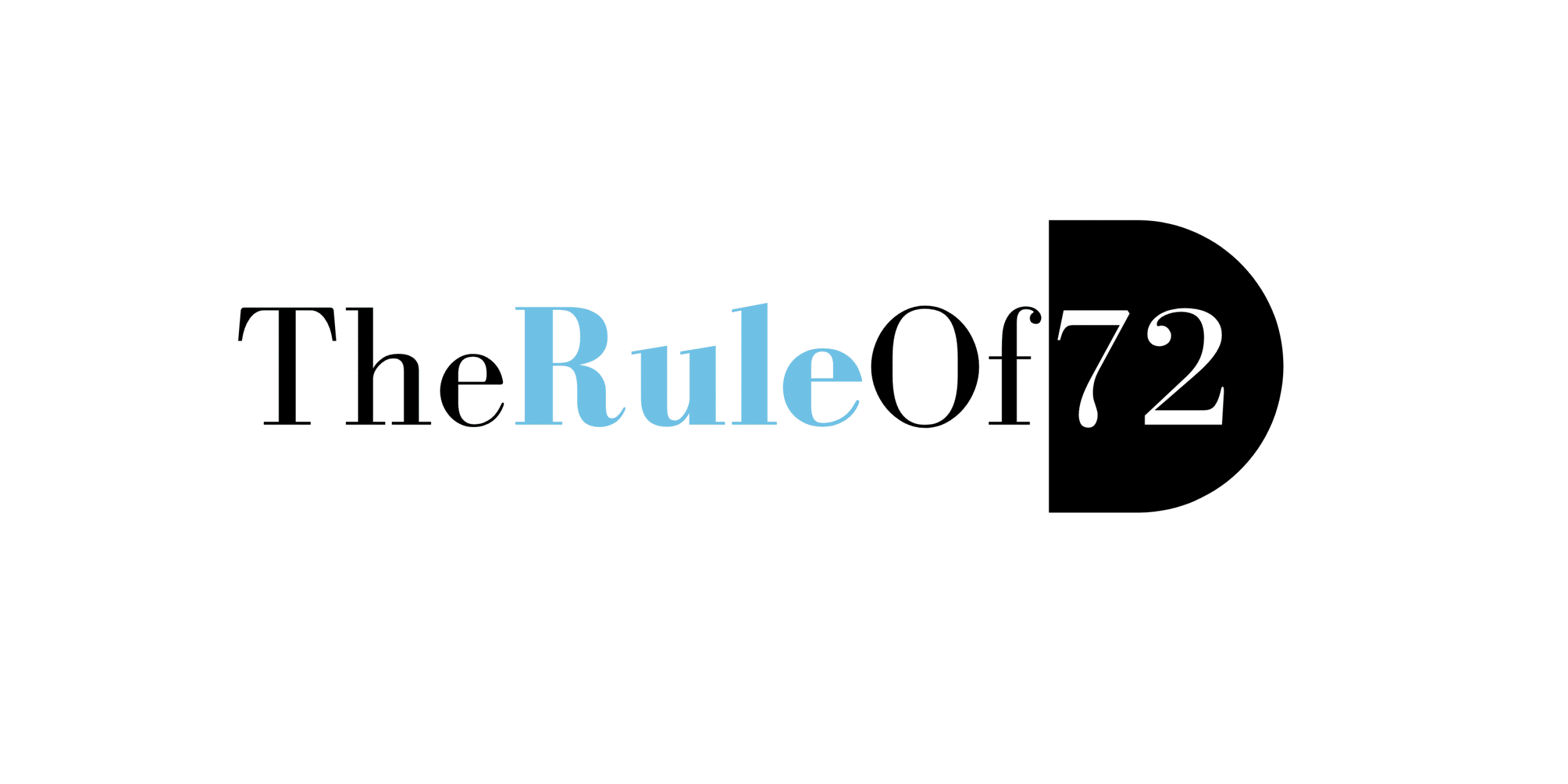Prior Authorization Reform: Unlocking Access to Healthcare or Unforeseen Consequences?

The healthcare system in the United States has long been burdened by administrative complexities, and one significant hurdle that patients and healthcare providers face is the prior authorization process. Prior authorization is a requirement imposed by health insurers, demanding approval before covering certain medical treatments, tests, or procedures. As part of healthcare reform proposals, policymakers are debating the need to change prior authorization requirements to improve healthcare access and streamline administrative processes. In this blog post, we will explore the proposal to change prior authorizations for health insurers and the potential ramifications of such changes.
Understanding Prior Authorization
Prior authorization has been a longstanding practice utilized by health insurers to control costs and manage healthcare utilization. The process requires healthcare providers to obtain approval from the insurance company before proceeding with specific medical services or prescriptions. The intention is to ensure that treatments are medically necessary, appropriate, and cost-effective.
However, the prior authorization process has drawn criticism from healthcare professionals and patients alike. Physicians argue that it creates unnecessary administrative burdens, leading to delays in care and compromised patient outcomes. For patients, it can be frustrating and disheartening to face bureaucratic barriers when seeking timely and essential medical attention.
The Proposal for Prior Authorization Reform
Proposals for prior authorization reform seek to address the challenges posed by the existing system and improve the overall healthcare experience for patients. The key elements of the proposal include:
- Streamlining the Process: One major focus of the reform proposal is to streamline the prior authorization process. This includes reducing the number of medical services or procedures that require prior authorization, simplifying the application process, and speeding up response times from insurers.
- Expanding Automatic Approvals: The reform proposal aims to identify certain medical treatments or services that can be automatically approved without the need for prior authorization. This approach seeks to eliminate delays for routine, low-risk procedures, thus reducing administrative burdens for both providers and patients.
- Electronic Prior Authorization: Moving towards electronic prior authorization is also part of the proposal. By leveraging technology and electronic health records, the process can be more efficient, reducing the paperwork and manual tasks required from healthcare providers.
- Collaboration between Insurers and Providers: The reform aims to establish a more collaborative relationship between insurers and healthcare providers. By fostering open communication and shared decision-making, the prior authorization process can become more patient-centric and efficient.
The pros of prior authorization reform
Improved Healthcare Access:
One of the primary benefits of prior authorization reform is improved access to healthcare services. By reducing administrative barriers, patients can receive necessary medical care promptly, leading to better health outcomes.
Enhanced Patient Experience:
Simplifying the prior authorization process can significantly enhance the patient experience. Patients will spend less time navigating bureaucratic hurdles, leading to increased satisfaction with their healthcare providers and insurers.
The disadvantages of prior authorization reform
Cost Control Challenges:
Critics argue that reforming prior authorization may lead to increased healthcare costs. The current system helps insurers assess medical necessity, preventing unnecessary or costly procedures. Without effective cost controls, premiums for health insurance plans could rise.
Potential Overuse of Services:
Removing prior authorization for certain services may result in increased utilization of healthcare services, leading to overuse or inappropriate medical treatment.
Administrative Burdens for Providers:
While streamlining the prior authorization process aims to reduce administrative burdens for healthcare providers, the initial transition and integration of new systems may pose challenges and create short-term disruptions.
Conclusion
The proposal to change prior authorizations for health insurers presents an opportunity to address long-standing challenges within the healthcare system. By streamlining the process, expanding automatic approvals, and fostering collaboration, patients and healthcare providers may experience improved access to care and enhanced patient experiences. However, policymakers must carefully consider potential ramifications, such as cost control challenges and the potential for overuse of healthcare services. Striking the right balance is crucial to ensure that any changes in the prior authorization process benefit patients, providers, and the overall healthcare system. Ultimately, the goal should be to streamline administrative processes while maintaining appropriate cost controls and ensuring patients receive the highest quality of care.





